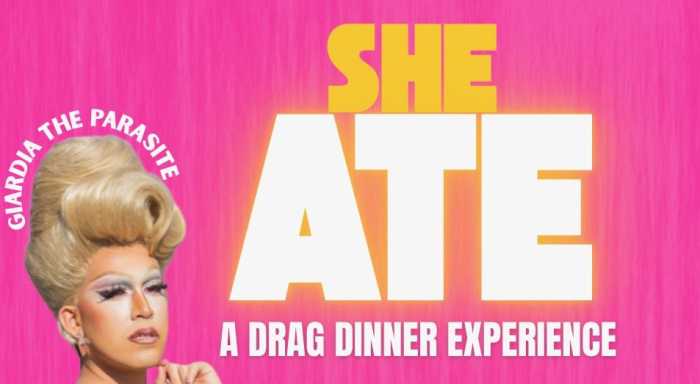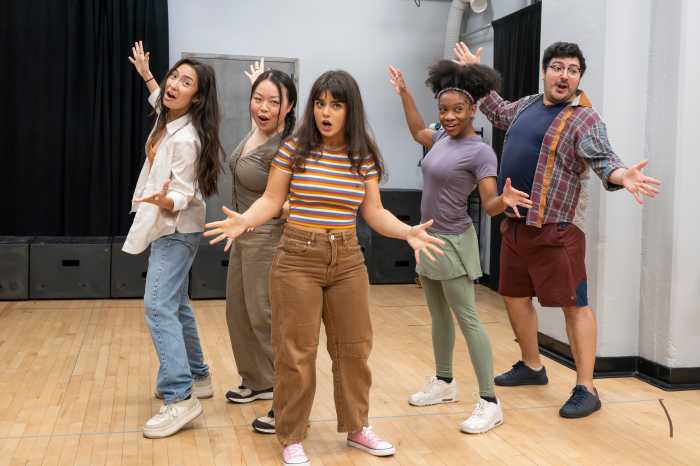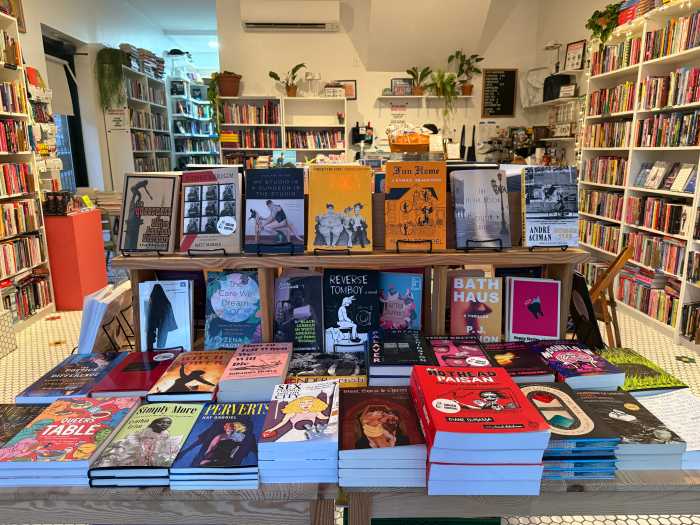President of baseball operations David Stearns and manager Carlos Mendoza were two of the only people in the Big Apple who believed that the New York Mets had enough talent to overcome a miserable summer.
How often was Mendoza adamant that he still “believed in our guys,” and there was “too much talent” in the clubhouse for the Mets to continue playing like the team that, since June 13, played at a full-season pace of 96 losses?
Too many to count. And in the end, all of it was just talk.
The Mets’ slow-motion, historic collapse became complete on Sunday evening in Miami when, despite getting help everywhere else, they ultimately beat themselves, as they had done all season. The Cincinnati Reds lost to the Milwaukee Brewers. All New York had to do was win, and they’d be in.
They were shut out in a 4-0 loss.
The team with Major League Baseball’s largest payroll, at $340 million, and the game’s most expensive star, Juan Soto, couldn’t even make it to October, which was the lowest of the franchise’s bars set last winter.
Of course, it came in spectacularly abysmal and historic fashion.
The Mets became just the third team in the Wild Card era to miss the postseason after starting 45-24 or better. Their 83-79 record is now second-worst in MLB history behind only the 1977 Chicago Cubs (81-81) amongst teams that won at least 45 of their first 69 games of a season.
How does Stearns fix this? Let’s take an early look at where things stand:
The coaching staff

The Mets could certainly use some stability in the skipper’s seat. They’ve had five different managers in the last nine seasons, and many will be calling for Carlos Mendoza to be fired.
That does not appear to be likely, though. While Mendoza’s in-game tactics — particularly in his use with the pitching staff — were suspect, he was working with an unreliable and overall disappointing stable of pitchers that were brought in by Stearns.
He could only do so much.
But that cushion likely will not extend far beyond him. Pitching coach Jeremy Hefner will be on the hot seat after David Peterson went from an All-Star in the first half to a liability in the second half, Kodai Senga became a shell of himself after a hamstring injury in June, and Sean Manaea lost his heroic stuff from last year after an oblique injury.
Hitting coach Eric Chavez and assistant Jeremy Barnes did nothing to bolster the Mets’ lineup outside of Soto, Pete Alonso, and Francisco Lindor. Over the final 25 games of the season, and still in control of their destiny throughout, New York’s offense scored three or fewer runs 13 times, which is an unacceptable number.
Pete Alonso

For a second straight winter, the Mets’ star slugger will be hitting the free agent market after admitting he would opt out of his current two-year deal.
He and Scott Boras will be looking for the long-term, big-money deal ($200 million-plus) they were unable to secure last year, and have a much better chance in doing so this offseason. Alonso was brilliant, and the anchor of an otherwise inconsistent lineup behind 38 home runs and 126 RBI.
The 30-year-old should be a Mets lifer, and they can ill afford to lose him. Could you imagine where they would be if Stearns opted to let him walk last winter and they went with Mark Vientos as their starting first baseman, instead?
Steve Cohen has the money, and Alonso has gushed about staying in Queens forever. Making it happen is a must.
The rest of the roster

Outside of Alonso, closer Edwin Diaz is the only pending free agent that the Mets have to do everything they can to retain.
The same can’t be said for the rest of their soon-to-be free agents, especially in the bullpen.
Ryne Stanek and his 5-plus ERA blew Game 162 by allowing the first two Marlins runs to score. Ryan Helsley’s half-season stint in New York was nothing short of a disaster after being acquired from the St. Louis Cardinals, where he went from shut-down closer to ineffective set-up man.
Tyler Rogers is normally solid when utilized correctly, but his appearance on Sunday in the fifth inning with inherited runners was a puzzling decision by Mendoza, considering he is not a strikeout pitcher.
Cedric Mullins did nothing to stabilize the Mets’ hole in center field, Jesse Winker was hurt for the majority of the season, and Starling Marte is not the platoon DH option that the Mets deployed him as in 2025.
What do they need?

Outside the obvious of revamping their entire bullpen in front of Diaz, Brooks Raley, and perhaps AJ Minter, the Mets need to bring in a bona fide ace after the regressions of Senga and Manaea.
David Peterson can’t take that role, nor can Clay Holmes, although he performed admirably in his first year as a starter following seven years as a reliever.
Nolan McLean has all the makings of being that No. 1 arm, but Stearns needs more. He has never spent big money in free agency on an ace, but the trade market offers intriguing options, whether that be Paul Skenes or Sandy Alcantara. Of course, it would be difficult to nab either of those big names because McLean will be at the forefront of any return request.
As mentioned before, center field is also a need, even if it’s just a short-term option before top prospects Carson Benge or Jett Williams make the jump to the big leagues. The short Jose Siri and Mullins experiments failed, and Tyrone Taylor is a dependable fourth outfielder. Bring in a good defender who can also slot in at the No. 5 spot in the lineup, and the Mets get significantly better.








































